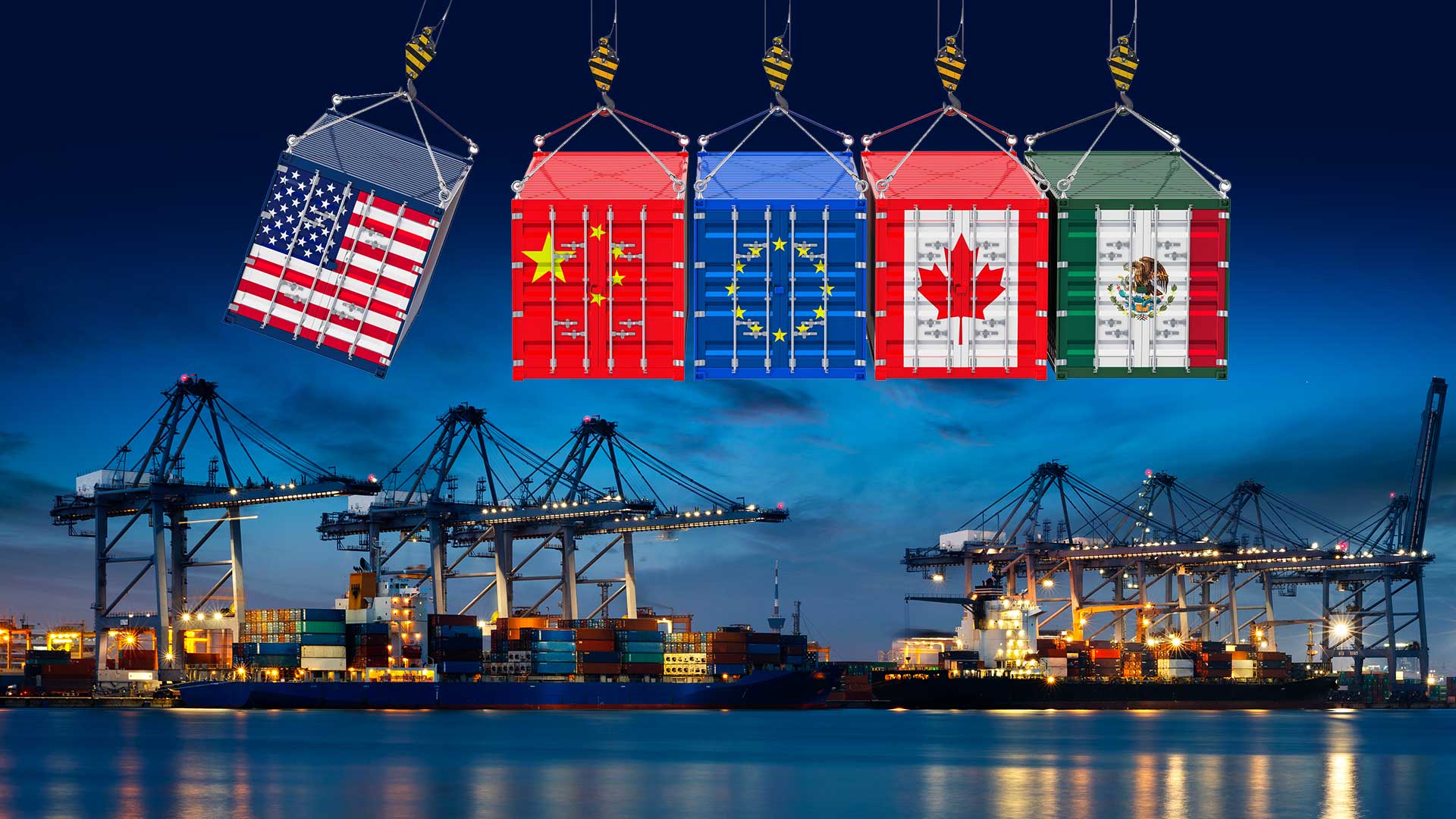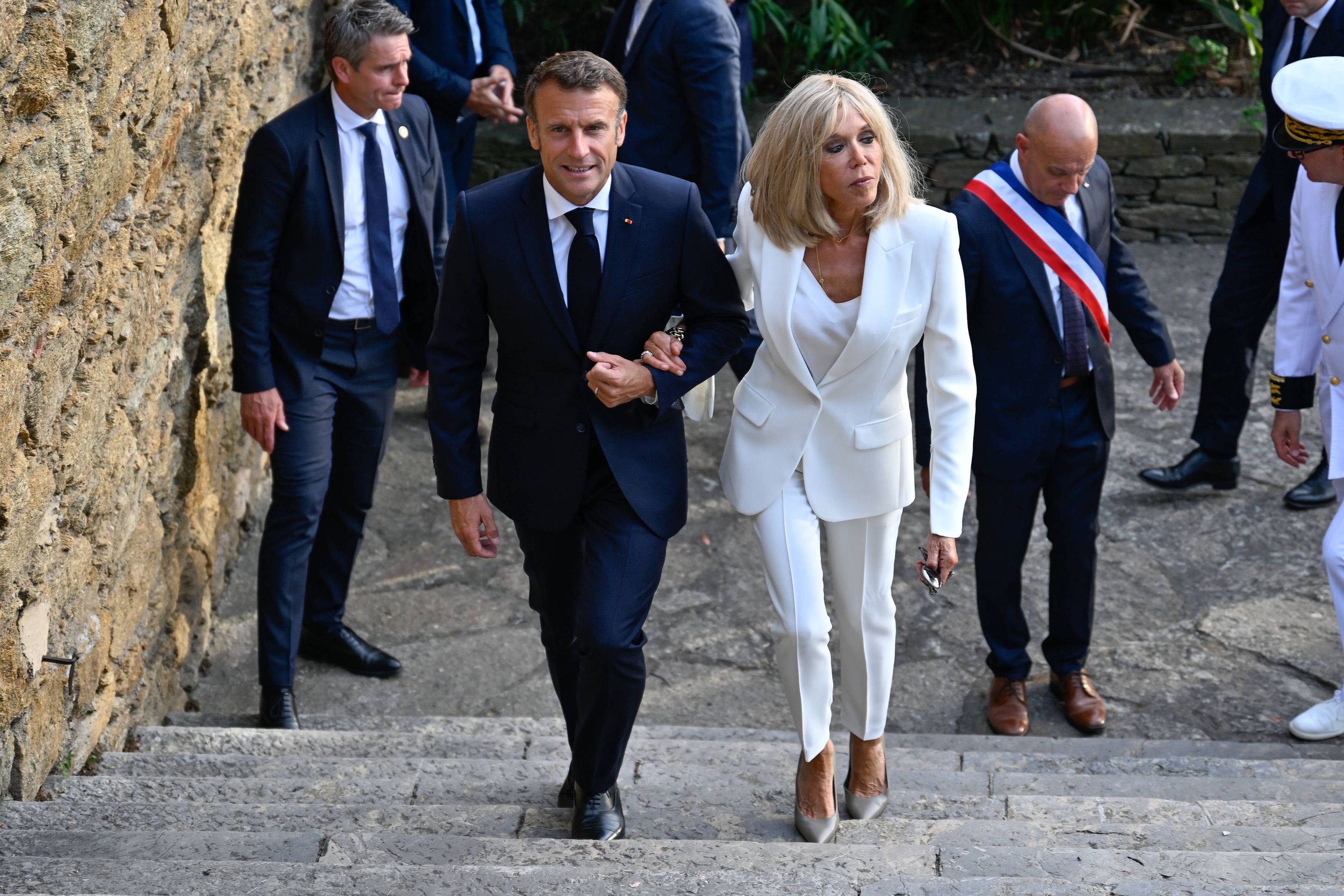Trump's Tariff Policy Under Judicial Review: The Legal Arguments

Table of Contents
Constitutional Challenges to Trump's Tariff Authority
Trump's imposition of tariffs faced significant constitutional challenges, primarily focusing on the limits of executive power in trade policy. Two key areas of contention emerged: the "Necessary and Proper" Clause and concerns about separation of powers.
The "Necessary and Proper" Clause Debate
The administration argued that the President's authority to impose tariffs stemmed from the Necessary and Proper Clause (Article I, Section 8, Clause 18) of the US Constitution, which allows Congress to make all laws "necessary and proper" for carrying out its enumerated powers. However, critics argued that this clause does not grant the President unilateral authority to impose tariffs without explicit Congressional authorization.
- Judicial Precedents: Cases like Hampton v. United States (1928) were cited, highlighting the historical context of presidential power in trade matters. However, the interpretation of this precedent in the context of modern trade relations remained highly debated.
- Differing Interpretations: Some legal scholars argued that the "necessary and proper" clause provides broad executive latitude in national security matters, potentially justifying tariffs as a means to protect American industries. Others insisted on a stricter interpretation, emphasizing the need for clear Congressional approval for such significant economic measures.
- Potential Outcomes: The judicial reviews explored the extent to which the President's actions fell within the permissible scope of the Necessary and Proper Clause, focusing on whether the tariffs were truly "necessary and proper" for achieving a legitimate governmental objective.
Separation of Powers Concerns
A central argument against Trump's tariffs focused on separation of powers. Critics argued that the President's imposition of tariffs without clear Congressional approval constituted an overreach of executive power, infringing on Congress's exclusive authority to regulate commerce with foreign nations (Article I, Section 8, Clause 3).
- Relevant Supreme Court Cases: Cases like Youngstown Sheet & Tube Co. v. Sawyer (1952) were relevant, establishing precedents concerning the limits of presidential power in the absence of Congressional authorization.
- Congressional Oversight: The debate centered on the extent of Congressional oversight needed for trade policy decisions. Opponents argued that the President's actions bypassed essential legislative checks and balances.
- Balance of Power: The legal challenges addressed the delicate balance between executive efficiency and legislative accountability in setting trade policy. The judicial review explored whether Trump’s actions maintained this equilibrium.
International Trade Law Violations
Trump's tariff policy also faced substantial challenges under international trade law, particularly within the World Trade Organization (WTO) framework and existing bilateral agreements.
WTO Dispute Settlement Mechanisms
Several countries challenged Trump's tariffs through WTO dispute settlement mechanisms, alleging violations of WTO rules. These challenges focused on the application of the WTO’s rules on non-discrimination and the use of national security exceptions.
- Specific WTO Rulings: The WTO's rulings on these disputes had significant implications for the legitimacy of Trump’s tariff policy in the international arena. Many rulings highlighted the illegitimacy of certain tariff policies under WTO rules.
- Countermeasures and Retaliation: The rulings spurred retaliatory tariffs from affected countries, further escalating trade tensions and harming global economic stability. The legal ramifications of retaliatory measures were also key points of the legal review.
- National Security Exception: The administration's invocation of the "national security" exception under WTO rules was intensely scrutinized. The legal challenges examined the scope and limitations of this exception, determining whether Trump’s justification met the required stringent conditions.
Violation of Existing Trade Agreements
Beyond WTO rules, claims arose that Trump's tariffs violated provisions within pre-existing bilateral and multilateral trade agreements, such as NAFTA (later USMCA).
- Specific Agreements Affected: The legal challenges specifically addressed the implications of the tariffs on agreements like NAFTA/USMCA, analyzing if the tariffs constituted breaches of contractual obligations.
- Types of Violations Alleged: The alleged violations included claims of discriminatory treatment and breaches of national treatment obligations.
- Legal Remedies: Affected countries pursued legal remedies under the dispute resolution mechanisms embedded within the relevant trade agreements, seeking compensation or termination of the agreement.
Economic Impacts and Legal Arguments
The economic consequences of Trump's tariff policy formed a crucial part of the legal arguments. Both proponents and opponents of the policy presented economic data and analyses to support their claims.
Economic Harm and its Legal Relevance
Legal challenges incorporated economic arguments to demonstrate harm caused by the tariffs. These arguments played a crucial role in shaping the legal outcomes.
- Economic Studies Presented in Court: Both sides presented economic studies and data that attempted to quantify the impact of the tariffs on jobs, prices, and overall economic growth.
- Analysis of Methodology and Reliability: The reliability and methodology used in the cited economic studies became a point of contention, with opposing experts analyzing the validity of the claims.
- Contrasting Arguments Regarding Economic Impact: The debate highlighted the inherent limitations of economic modeling and forecasting, with significant disagreement on the true extent of the economic consequences.
Conclusion
Trump's tariff policy remains a highly contested issue, with ongoing legal challenges exploring its constitutionality and compatibility with international trade law. The arguments presented in these judicial reviews highlight fundamental questions about the balance of power between the branches of government and the US's role in the global trading system. The outcome of these cases will have significant implications for future trade policy and the executive branch's authority in this area. For further insights into the evolving legal landscape surrounding Trump's tariff policy and related legal battles, continue your research and stay updated on new developments. Understanding the legal arguments surrounding Trump's tariff policy is crucial for comprehending the ongoing debate about trade, national security, and the limits of presidential power.

Featured Posts
-
 Zakharova O Makronakh Kommentariy K Situatsii Vokrug Emmanuelya I Brizhit
May 03, 2025
Zakharova O Makronakh Kommentariy K Situatsii Vokrug Emmanuelya I Brizhit
May 03, 2025 -
 Diner Tendu Michel Sardou Remonte Les Bretelles A Emmanuel Macron
May 03, 2025
Diner Tendu Michel Sardou Remonte Les Bretelles A Emmanuel Macron
May 03, 2025 -
 Winning Numbers Lotto Lotto Plus 1 And Lotto Plus 2 Results
May 03, 2025
Winning Numbers Lotto Lotto Plus 1 And Lotto Plus 2 Results
May 03, 2025 -
 Check The Daily Lotto Results For Wednesday April 16 2025
May 03, 2025
Check The Daily Lotto Results For Wednesday April 16 2025
May 03, 2025 -
 Fortnites New Icon Series Skin Revealed
May 03, 2025
Fortnites New Icon Series Skin Revealed
May 03, 2025
